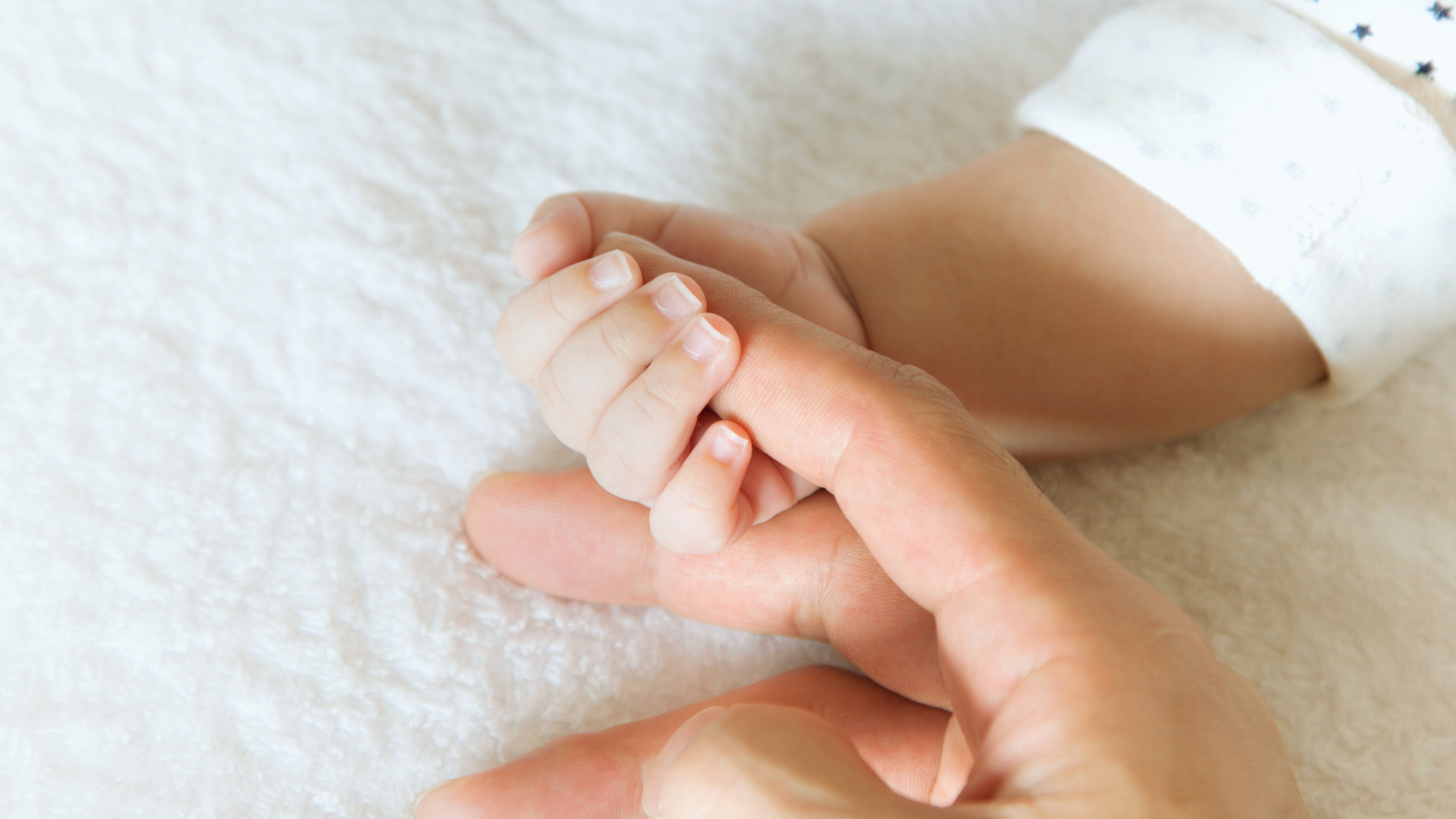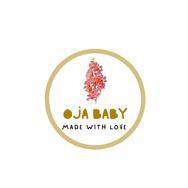
The Gentle Choice: Why Organic Fabrics Matter for Your Baby’s Health
On quiet afternoons, when time feels slower and gentle light falls across a nursery, it’s easy to forget just how new and delicate life can be. A baby’s first experiences are a mixture of sensation: new sounds, new faces, and most of all, new textures brushing against their skin. Each fiber, every layer, is in direct conversation with a body still learning the environment—everything quietly matters.
4/26/20252 min read


A Closer Look at Baby Skin
Science reminds us that infant skin, that impossibly soft landscape, is fundamentally different from adult skin. According to research published in Pediatric Dermatology, a baby’s skin is up to 30% thinner and more permeable, making it far easier for substances to pass through and interact with their developing systems (Vogt et al., 2020). This increased sensitivity means that even everyday materials—like what touches their bodies each day—can have a real impact on comfort and health.
What’s beneath the surface often goes unseen. Many conventional baby clothes, even those that look pure and soft, can carry residues of pesticides, chemical dyes, or textile finishers. Studies, such as those in Environmental Science & Technology, have detected traces of formaldehyde, flame retardants, and azo dyes lingering in cotton and synthetic fabrics, sometimes even after repeated washing (Liao et al., 2020).
Why Organic Makes a Difference
The growing awareness around these hidden chemicals is driving more parents and caregivers to seek certified organic fabrics. When a product is certified by international standards like the Global Organic Textile Standard (GOTS), it means fewer chemicals—no harsh pesticides or synthetic fertilizers touched the cotton, and dyes and finishing processes must also meet stricter regulations.
But science doesn’t just warn about possibilities; it also suggests solutions. According to a study in Dermatitis, babies and young children are more susceptible to contact dermatitis: irritations, rashes, and allergic reactions caused by textile treatment chemicals (Uter et al., 2010). Choosing organic clothing minimizes this risk, offering a safer option for those first years when skin is most vulnerable.
An Informed, Everyday Decision
Opting for organic isn’t necessarily about achieving perfection—it’s about conscious care. Each organic garment you select, each layer placed softly against a baby’s skin, is a simple, practical step towards a healthier start.
As someone dedicated to finding the finest and safest options, I believe that what we choose for our littlest ones should meet them at their level: gentle, pure, and with transparency that stands up to science. Look for the labels, trust the process, and know that in the smallest details, health and comfort begin.
References:
Vogt, P. M., et al. (2020). Pediatric Dermatology.
Liao, C., et al. (2020). Environmental Science & Technology, 54(8), 4256–4267.
Uter, W., et al. (2010). Dermatitis, 21(1), 36–42.
